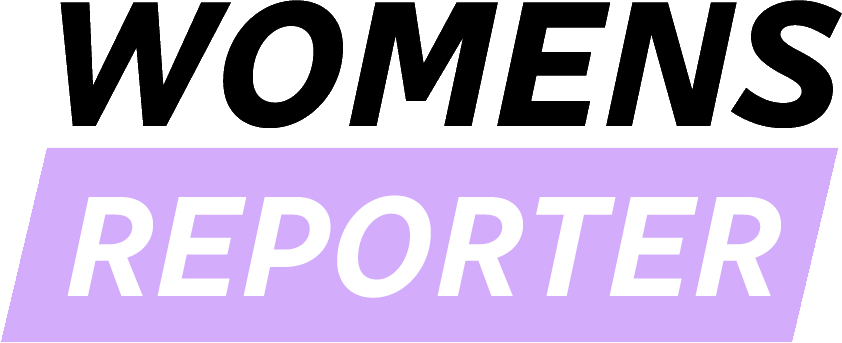Dana Solomon, Senior Correspondent
As we move into the summer months, June brings with it an essential focus on employee wellbeing. This month marks World Workplace Wellbeing Month, an opportunity for organizations worldwide to reflect on how they can better support their employees’ physical, mental, and emotional health. Recognizing that a happy, healthy workforce is the backbone of any successful organization, companies are increasingly embracing wellness initiatives that promote overall work-life balance, productivity, and job satisfaction.
In 2025, as workplaces evolve post-pandemic, World Workplace Wellbeing Month is more relevant than ever. A growing emphasis on holistic health, mental wellness, and flexibility is taking center stage as businesses work to retain talent and create environments where employees can thrive.
The Rise of Employee Wellbeing Programs
Across the globe, the concept of workplace wellness has transitioned from a nice-to-have perk to a strategic business priority. Workplace wellbeing programs are on the rise as companies recognize the link between employee health and business success. From fitness programs to mental health support, organizations are investing in initiatives that not only improve health but also foster a culture of support.
“Creating an environment where employees feel supported—emotionally, physically, and mentally—is more than just good for their wellbeing; it’s essential for the long-term success of a business,” says Dr. Sarah Johnson, a workplace wellbeing expert. “When employees feel their health is valued, they are more engaged, productive, and loyal to the company.”
Flexibility and Work-Life Balance
One of the key themes this year is the emphasis on flexible working hours and remote work options, a shift that gained momentum during the pandemic and continues to define the modern workplace. Studies show that workers who have the ability to set their own hours or work from home are not only more satisfied but also more productive. Flexible schedules allow employees to balance personal commitments with work responsibilities, leading to a better overall work-life integration.
Companies like Salesforce, Google, and Microsoft have already made significant strides in offering flexible work options as part of their commitment to employee wellbeing. Salesforce, for example, recently announced it would extend its flexible working policies indefinitely, allowing employees to choose whether to work in-office, remotely, or in a hybrid arrangement.
Mental Health and Emotional Support
Perhaps the most profound shift in workplace wellness this year is the integration of mental health initiatives into employee benefits. Mental health awareness has grown exponentially, and workplaces are now prioritizing programs that address anxiety, depression, and burnout. The pandemic served as a wake-up call, exposing the fragility of mental health and the need for greater resources in the workplace.
In response, organizations are rolling out services such as employee assistance programs (EAPs), mental health days, and on-demand therapy sessions. These initiatives help employees feel supported during challenging times and encourage open conversations about mental health, breaking the stigma that has often surrounded these topics.
“Normalizing mental health conversations in the workplace is critical,” says Laura Stevens, a mental health advocate and corporate wellbeing coach. “Employees should feel safe to speak up about their struggles without fear of judgment or repercussion.”
Wellness Programs Go Beyond the Office
Workplace wellness isn’t just about supporting employees during office hours. Many companies are also investing in wellness programs that encourage employees to live healthy, balanced lives outside of work. Wellness challenges, fitness reimbursements, and even financial wellness seminars are becoming standard offerings in many corporate benefit packages.
Virgin Pulse, a company that specializes in corporate wellness, has developed a comprehensive program that promotes both physical and mental health. By incentivizing activities like walking, yoga, and meditation, Virgin Pulse has helped thousands of companies cultivate healthier, happier employees.
The Benefits of a Supportive Workplace Culture
The importance of organizational culture in promoting employee wellbeing cannot be overstated. A supportive and inclusive culture is essential for mental and emotional health, as employees are more likely to thrive in environments where they feel valued, respected, and understood. As workplaces become more diverse, inclusive practices are also gaining momentum, contributing to a greater sense of belonging.
Moreover, businesses are encouraging leadership teams to model wellness behaviors. Wellness champions are often appointed within organizations to help employees access available resources and create peer support groups. As leaders emphasize wellness, employees are more likely to follow suit.
Takeaway: A Healthier Future for Workplaces
As organizations embrace a broader vision of employee wellbeing, the future of work looks brighter and healthier than ever. By integrating flexible work hours, mental health support, wellness programs, and positive workplace cultures, businesses can create environments that not only prioritize productivity but also the personal well-being of their most important asset: their employees.
